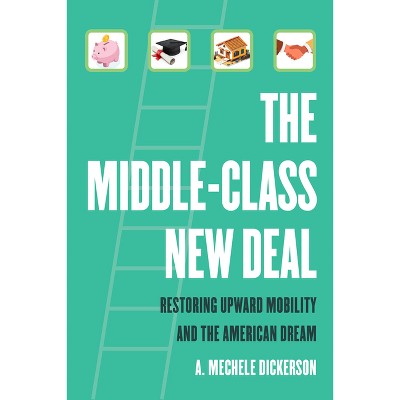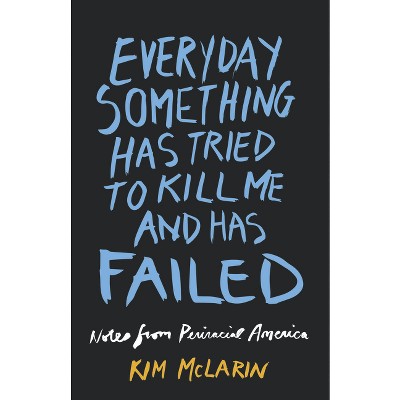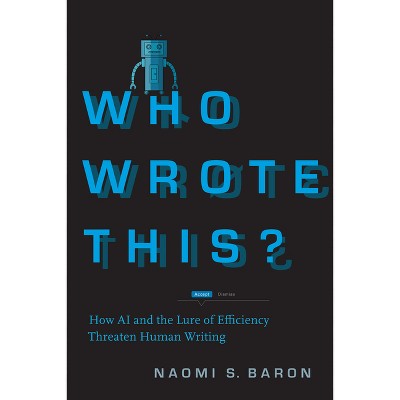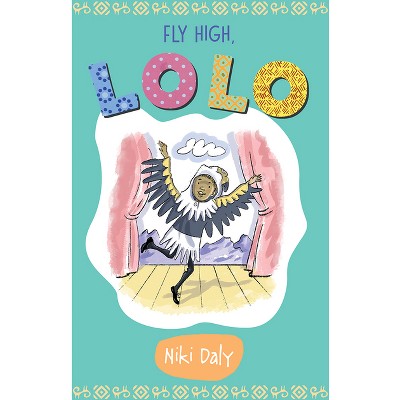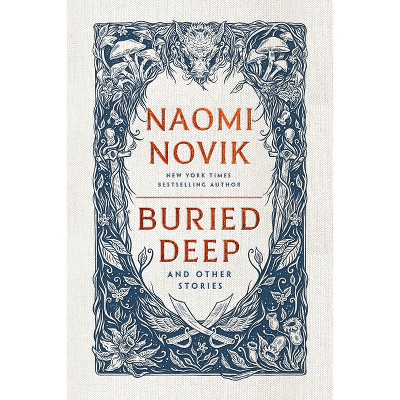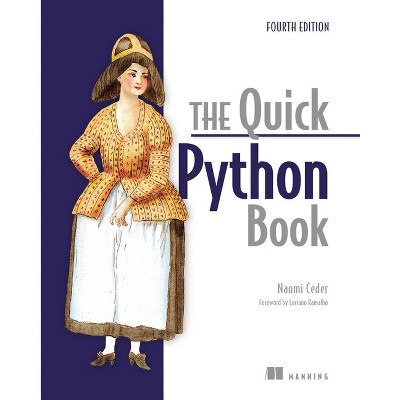Sponsored

Reader Bot - by Naomi S Baron (Hardcover)
Pre-order
Sponsored
About this item
Highlights
- What happens to human reading when AI bots can do it for us?
- About the Author: Naomi S. Baron is Professor Emerita of Linguistics at American University.
- 292 Pages
- Social Science,
Description
About the Book
"What happens to human reading when AI bots can do it for us? Explosive developments in artificial intelligence have awed everyday users with the technology's ability to draw, do computer coding, and especially to write. Those AI-generated essays and poems, legal briefs and responses to requests for information are all visible evidence of large language models at work. What we don't see is the critical prior step: before it can write, AI needs to read. While AI's written outcomes are remarkably similar to what a diligent student, lawyer, or researcher might produce, AI doesn't read the way that humans do. Now that AI is proving an adept reader, what happens to our own reading skills and motivations - especially at a time when both voluntary and school reading are increasingly on the decline? We have learned that when we let chatbots write for us, there are pros and cons to handing over our virtual pens. It's critical that we also think through the consequences of relinquishing reading - a deeply human activity - to bots. What do we stand to gain and lose when we let AI read for us? Tracing the intersecting trajectories of AI and reading, Reader Bot tackles this vital question, revealing why we must be thoughtful about how we welcome AI-as-reader into our lives"--Book Synopsis
What happens to human reading when AI bots can do it for us?
Explosive developments in artificial intelligence have awed everyday users with the technology's ability to draw, do computer coding, and especially to write. Those AI-generated essays and poems, legal briefs and responses to requests for information are all visible evidence of large language models at work. What we don't see is the critical prior step: before it can write, AI needs to read.
While AI's written outcomes are remarkably similar to what a diligent student, lawyer, or researcher might produce, AI doesn't read the way that humans do. Now that AI is proving an adept reader, what happens to our own reading skills and motivations--especially at a time when both voluntary and school reading are increasingly on the decline? We have learned that when we let chatbots write for us, there are pros and cons to handing over our virtual pens. It's critical that we also think through the consequences of relinquishing reading--a deeply human activity--to bots.
What do we stand to gain and lose when we let AI read for us? Tracing the intersecting trajectories of AI and reading, Reader Bot tackles this vital question, revealing why we must be thoughtful about how we welcome AI-as-reader into our lives.
Review Quotes
"AI can now read for us--but at what cost? Arriving at a time when AI's capabilities to scan, interpret, and summarize human-authored texts grow ever more sophisticated, Baron's book poses urgent questions about what it means to be literate in a digital world." --Matthew Rubery, author of Reader's Block: A History of Reading Differences
"Reader Bot is a much-needed and comprehensive look at how generative AI is already shaping the way we read." --Jane Rosenzweig, Director of the Harvard College Writing Center
"As we try to figure out how (or if) we invite artificial intelligence into our reading and writing lives, we need our guides, and Baron is worth our time and our trust." --John Warner, author of More Than Words: How to Think About Writing in the Age of AI
"Baron wants us to understand that while AI can enhance reading in some contexts, inviting it into our reading and writing lives always creates tradeoffs. Every reader must choose--and their choices will be smarter for engaging with Baron's newest book." --Jim Lang, author of Write Like You Teach: Taking Your Classroom Skills to a Bigger Audience
"Baron's highly readable book sheds much-needed light on a complex and increasingly urgent issue. If you're wondering about the potential benefits and risks of relying on generative artificial intelligence, don't miss this thoughtful and even-handed exploration of the topic." --Natalie Wexler, author of Beyond the Science of Reading: Connecting Literacy Instruction to the Science of Learning
"In this brilliant, expansive, and entertaining book, Baron helps us appreciate the power and promise of AI while providing a stirring defense of reading for its own rewards and pleasures. Read this important book before AI does it for you." --Will Schwalbe, author of Books for Living
"There is no one betterpoised than Baron to illumine the Faustian bargain we face today in our use of AI. The implications for democracy are critical to understand, with this book as one of our important guides." --Maryanne Wolf, author of Reader Come Home: The Reading Brain in a Digital World
"What does the future hold for reading in the age of AI? This timely book will make you pause and reflect on what it means to read and write, and why and when the human dimension matters. And, like all of Baron's books, Reader Bot is a sheer joy to read." --Anne Mangen, University of Stavanger
"Reader Bot is an excellent blend of judicious research reporting and accessible exposition, on a subject that affects everyone. If you want an up-to-date review of the impact AI is going to have on the way we read and teach children to read, this is the place to start." --David Crystal, author of A Date with Language
"Reader Bot is both thoughtful and topical, forward-thinking and grounded in present controversies over the use of AI to 'read' text. It's also intensely practical. Be sure to consult this book before you ask a chatbot to summarize an email, condense an article, or review a literature--you'll be glad you did!" --Frank Pasquale, author of The Black Box Society: The Secret Algorithms That Control Money and Information
About the Author
Naomi S. Baron is Professor Emerita of Linguistics at American University. Her most recent books include How We Read Now: Strategic Choices for Print, Screen, and Audio (2021) and Who Wrote This? How AI and the Lure of Efficiency Threaten Human Writing (Stanford, 2023). Her work has been featured in The New York Times, the BBC, The Wall Street Journal, The Los Angeles Times, Lit Hub, The New Republic, The Chronicle of Higher Education, The Conversation, and many other outlets.Shipping details
Return details
Frequently bought together

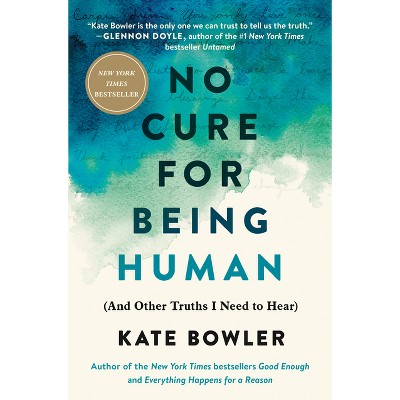

Trending Non-Fiction






